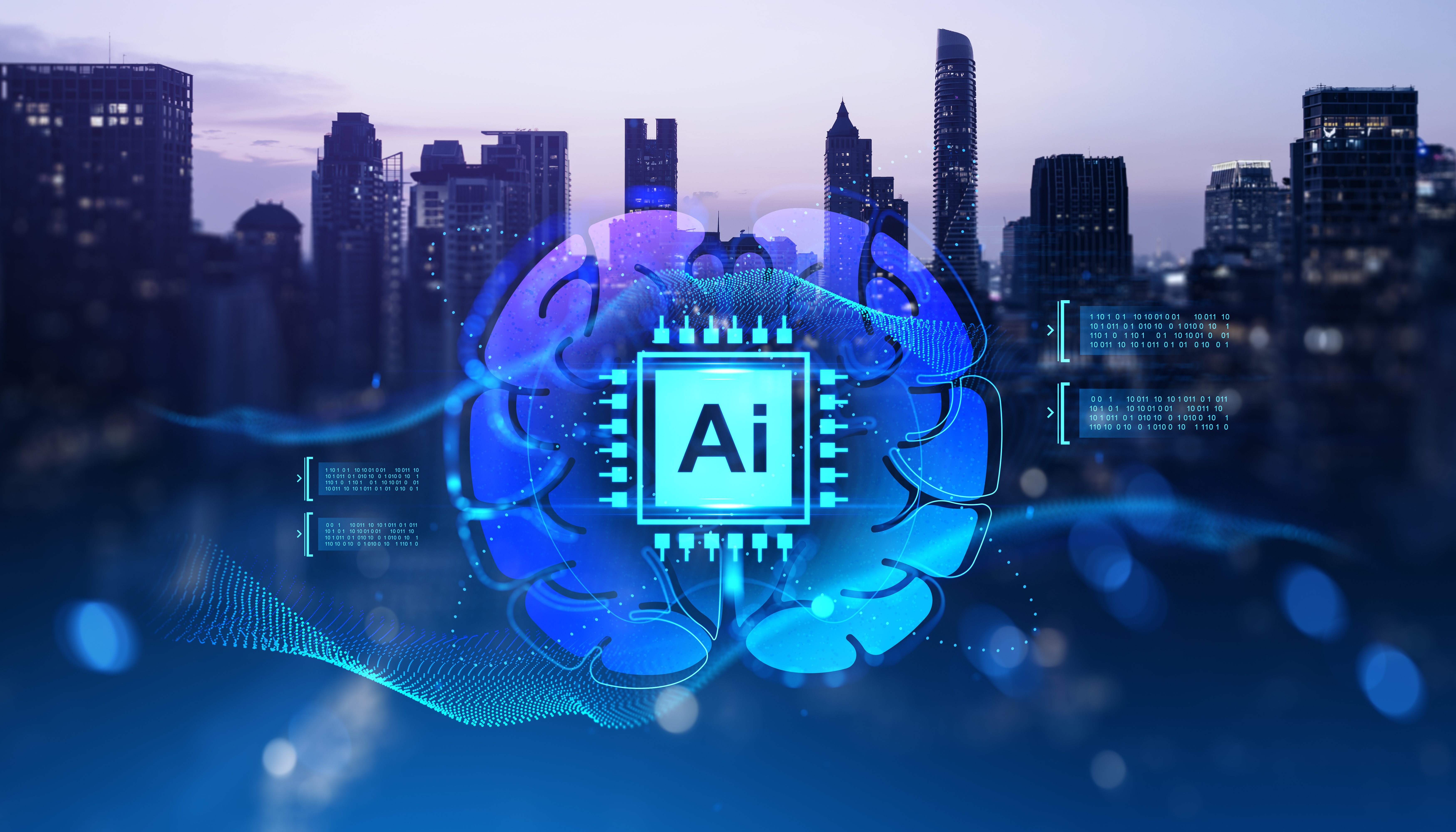Marketing KPIs & Benchmarks for 2026
We work with B2B leaders every day who have extensive marketing data, but don't know what to make of it. It's hard to know you're on track to meet...
3 min read
Jordan Gipson Mon, Apr 08, 2024

The energy utility industry is long-tenured, regulated, and pressured to change. Technology can be a useful tool for improved affordability, reliability, and sustainability. Still, a CIO at a major energy utility company was facing a difficult challenge – readying his IT department with some significant barriers to positive change:
The CIO recognized that readying their people for change and upskilling would help to reduce total costs and improve retention, customer satisfaction, and project velocity. He wanted to position IT to take a more proactive and strategic role in the organization.
Together, we realized that the culture would have to change. Employees were disengaged and distrusting, and senior leadership needed to make sweeping changes to address these pain points.
Our role was identifying and bridging the gaps between the IT department and the company’s C-level leadership. This involved a thorough gap analysis and action plan, creating coordination across projects and vendors to deliver a cohesive message to employees, and collaborating on training and communications content. The ultimate goal was to improve internal communications within the team and set them up for success in the next phase of digital transformation:
The CTO plays a strategic role in driving change, from digital transformation and AI/ML to agile to smart metering and ERP upgrades. Are your people ready?
One of the challenges in this project was a lack of metrics. Because the organization was striving to move to data-driven decision-making, there needed to be more baseline metrics. Based on available baseline data, we were able to identify people-focused KPIs as near-term milestones. These KPIs help measure progress toward a productive and healthy organization of growth-minded people, providing cost-effective and strategic support to internal customers.
Our work within the IT organization yielded significant changes in upskilling (+194%) and organizational health (72% improved satisfaction).

This IT organization is on track for a 5x ROI from these change management efforts by year-end, based on:
ROI will be increased when considering the ripple effect of:
Launch Team worked with the senior leadership team and managers in a broad range of activities to address a range of pain points, which included:

While we have achieved significant progress against initial KPIs, real change will require a sustained commitment by leadership to culture change, consistent transparency, and an organization-wide shift to a growth mindset that rewards successes and learns from mistakes.

We work with B2B leaders every day who have extensive marketing data, but don't know what to make of it. It's hard to know you're on track to meet...

Get a Competitive Edge with Comprehensive AI & GEO Insights If you are beginning to notice an erosion in organic traffic and leads, it may be time to...

Updated on 6/10/24 The 80/20 rule or Pareto principle, is a long-standing business strategy that a lot of companies are applying right now to...